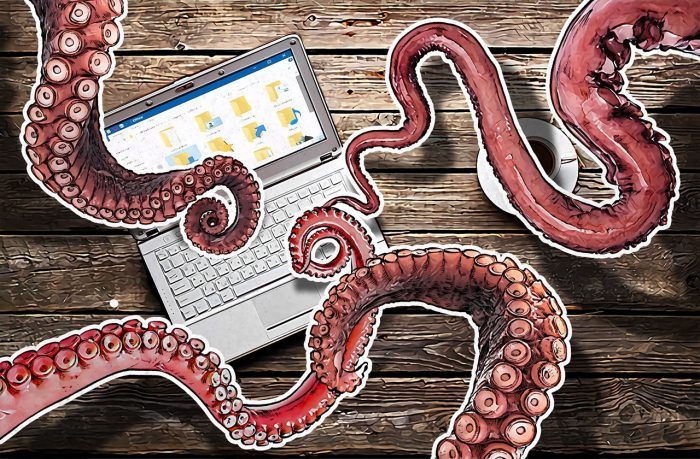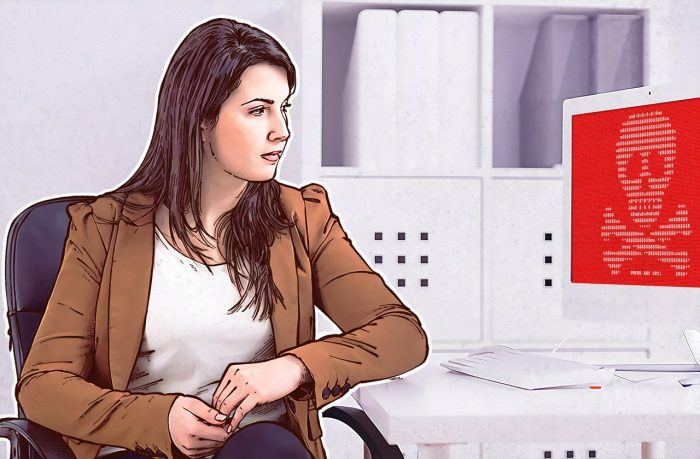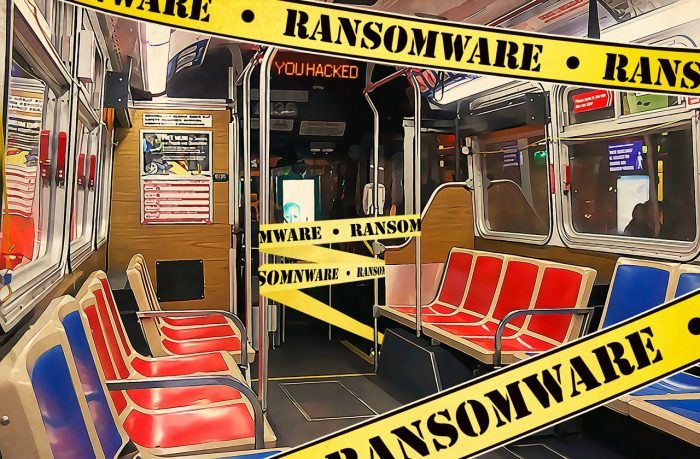
Bad Rabbit: A new ransomware epidemic is on the rise
POST IS BEING UPDATED LIVE. The world is being hit with yet another ransomware epidemic. It’s called Bad Rabbit, and here’s what we know about it so far.
228 articles

POST IS BEING UPDATED LIVE. The world is being hit with yet another ransomware epidemic. It’s called Bad Rabbit, and here’s what we know about it so far.

A new blocker called nRansom locks users out of their computers and demands not money, but nude pictures.

Considering the modern threat landscape, the healthcare industry should pay more attention to cybersecurity

Global IT security problems like the recent Petya attack are of clear concern to large corporations — but they affect common people as well.

Major pain: Critical infrastructure objects are among ExPetr’s (also known as NotPetya) victims.

A new ransomware outbreak is happening right now. Here’s what we know so far and what you can do to protect yourself from the threat.

Embedded systems demand special protection from infections similar to WannaCry.

By now, everyone has heard about the WannaCry ransomware attack. So far we have two posts about it: one with a general overview of what happened, and another with advice

What makes the self-replicating encryptor WannaCry so dangerous and how to prevent infection.

Our experts have identified at least eight independent threat actors competing for the right to extort money from businesses.

Good news: Our international project No More Ransom was joined by more than 30 new allies, gathered 15 new decryption tools, and was translated into 8 more languages.

Ransomware terrorizes users and companies around the world, preventing access to data and demanding more and more money for its safe return. Take this quiz and learn how to secure your digital life.

Three-quarters of crypto-ransomware in 2016 came from the Russian-speaking criminal underground.

The story of Marion, a computer user from Germany whose files were encrypted by ransomware — and how she got them back without paying ransom.

Downloaded a program called Netflix Login Generator? Delete it immediately!

Kaspersky Lab experts create a cure for CryptXXX. For the third time.

The NoMoreRansom project gets bigger, welcoming new partners, new countries, and new free decryption utilities.

What is ransomware? Why do you need to know about it? And how can you protect yourself from it?

A company’s business stalls because of a cryptor. The head of IT dept is to solve the problem. But “solving” this time doesn’t mean just “restoring the data”.

Ransomware infects 2,000 SFMTA computers, makes Muni rides free for the weekend.